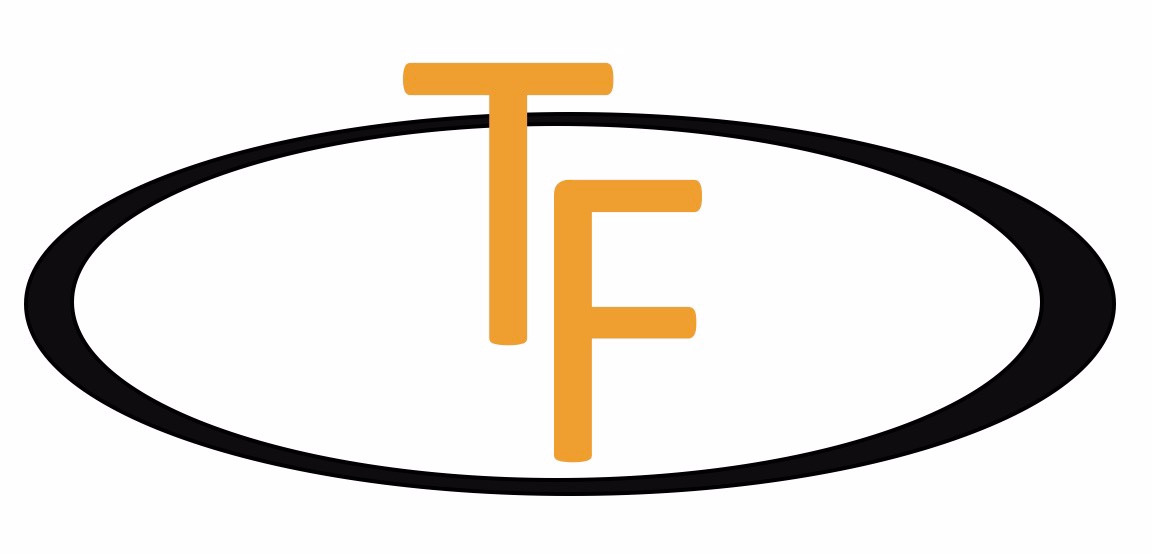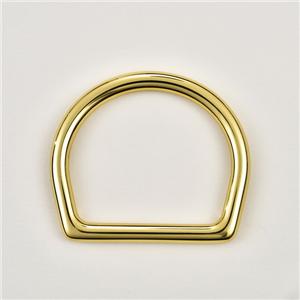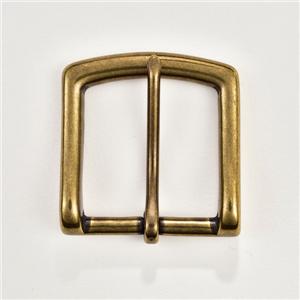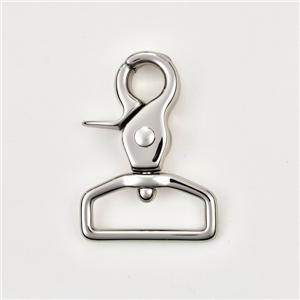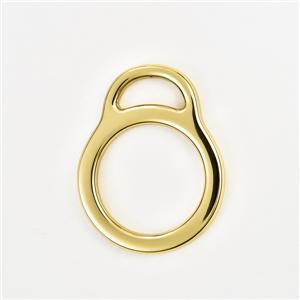Brass rivet connection principle and use
Brass rivets are available in both hollow and solid, and are basically used for the joining of parts or plates. So what is the brass rivet connection principle? What areas can brass rivets be used in? Let's take a look at it together.
Brass rivet connection principle
Brass rivet joints are non-removable static joints that use two or more elements (generally sheets or profiles) joined together by brass rivets, referred to as riveting. Brass rivets are available in both hollow and solid categories. The most commonly used riveting is a solid brass rivet joint. Solid brass rivet joints are often used for the joining of heavily stressed metal parts, and hollow brass rivets are used for the joining of thin or non-metallic parts with less force.
The main features of riveting are: simple process, reliable connection, anti-vibration and impact resistance. Compared with welding, the disadvantage is that the structure is cumbersome, the riveting hole weakens the cross-sectional strength of the joint by 15% to 20%, the operation labor intensity is large, the noise is large, and the production efficiency is low. Therefore, the riveting economy and tightness are not as good as welding.

Brass rivet use
Round head brass rivets are mainly used for riveting applications with large lateral loads and are the most widely used.
Flat-cone brass rivets are resistant to corrosion due to their large heads and are often used for rugged applications such as hulls and boiler tanks. The countersunk head and 1200 countersunk head brass rivets are mainly used for riveting applications where the surface must be smooth and with little load.
Semi-recessed head, 1200 semi-recessed brass rivets are mainly used for riveting applications where the surface must be smooth and with little load. Flat brass rivets are used for riveting applications with normal loads. Flat head and oblate head brass rivets are mainly used for riveting of metal sheets or non-metallic materials such as leather, canvas and wood.
Large flat head brass rivets are mainly used for riveting of non-metallic materials. Semi-hollow brass rivets are mainly used for riveting applications with small loads.
Headless brass rivets are mainly used for riveting of non-metallic materials. Signage brass rivets are mainly used for riveting the nameplate on the machine, equipment, etc.
The above is about the connection principle and application of brass rivets. I hope everyone can understand the principle and use of brass rivets.
